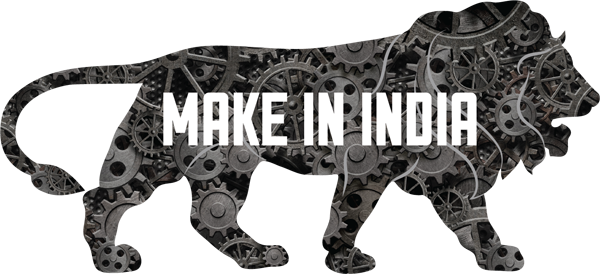 The Financial Express reports today that investments into real estate are at a seven year high. As a news-report in the pink paper points out: “Investments into the real estate sector in 2015, at close to $8 billion or Rs 53,000 crore, are poised for a seven-year high. Much of this has come in via the private equity (PE) route and borrowings through non-convertible debentures (NCD).” This is surprising given the bad state that real estate is in. A possible explanation for this is the availability of “easy money” at low interest rates in large parts of the Western world. This money seems to be finding its way into Indian real estate.
The Financial Express reports today that investments into real estate are at a seven year high. As a news-report in the pink paper points out: “Investments into the real estate sector in 2015, at close to $8 billion or Rs 53,000 crore, are poised for a seven-year high. Much of this has come in via the private equity (PE) route and borrowings through non-convertible debentures (NCD).” This is surprising given the bad state that real estate is in. A possible explanation for this is the availability of “easy money” at low interest rates in large parts of the Western world. This money seems to be finding its way into Indian real estate.
All this money coming into the sector has allowed builders to not cut prices in order to get rid of their unsold homes and use the money thus generated to repay their outstanding banking loans. As the news-report points out: “Had the investments not materialised, developers may have been pushed to drop prices to monetise inventory at a time when demand has been waning. Instead, they’re holding on to inventory.”
This is only partly correct and applies only to those builders who have been getting investments from the private equity route as well as been borrowing through the non-convertible debentures route. And that is not a very large number in a country where there are thousands of builders.
Take the case of the upper end of the real estate market in Mumbai, where private equity money has come in. The unsold inventory of homes continues to be high. Data from real estate research firm PropEquity points out that as on September 30, 2015, 6048 luxury apartments priced above Rs 5 crore continued to remain unsold in Mumbai. Of this 3,662 are in the Rs 5 crore and Rs 10 crore range, and the remaining above that.
Further, real estate prices have corrected in large parts of the country. As Getamber Anand, president of Confederation of Real Estate Developers’ Associations of India (CREDAI), a real estate lobby, said a few days back: “Prices have come down by 15-20 per cent in last one and half years and there is no further scope for reduction.” Hence, the assertion that private equity money and borrowings through the non-convertible debentures route has allowed builders not to cut prices is only partly correct.
Further, those companies that have managed to raise money through private equity and non-convertible debentures are only kicking the can down the road. Also, this money is being raised at a very high cost.
In a recent research note titled The realty reality Crisil points out: “The cost of alternative funding has increased over the last two years as pressure on developers financial position intensified. About one-third of the non-convertible debentures issuances last fiscal yielded an internal rate of return of more than 20%, compared with no issuances of similar yields in 2012.”
You don’t need to be an expert in finance to understand that 20% is a very high rate indeed.
The same stands true for private equity firms as well. As Crisil points out: “As for private equity [firms], the higher return expectation will increase the refinancing risk for the realtors over the longer term, unless the demand picks up substantially. CRISIL estimates payout for private equity funds for the sector as a whole at Rs 85,000 crore, assuming a return of 20% over a 5 year period. Hence, alternative funding sources such as non-convertible debentures and private equity [firms] are expected to continue providing some respite in the short term only.”
What does this mean? This means that the real estate companies have essentially managed to postpone their debt problem. Companies have managed to take on new debt and pay off their existing debt to banks. But this new debt also needs to be repaid. And that can only be repaid if companies manage to generate money through sale of homes that they have built. Further, they need to build new homes as well.
This is not going to happen if real estate prices stay stable at their current levels. It will only happen once real estate prices fall from their current levels and buyers start getting interested in purchasing real estate.
Currently, the real estate prices are way too high for buyers to be interested in buying homes. Hence, stable prices are actually not in the best interest of real estate builders. But that is clearly not the way they look at the prevailing situation. As Anand of CREDAI said: “There is no further scope for reduction [in prices].”
(Vivek Kaul is the author of the Easy Money trilogy. He tweets @kaul_vivek)
This article originally appeared on Firstpost on December 14, 2015



